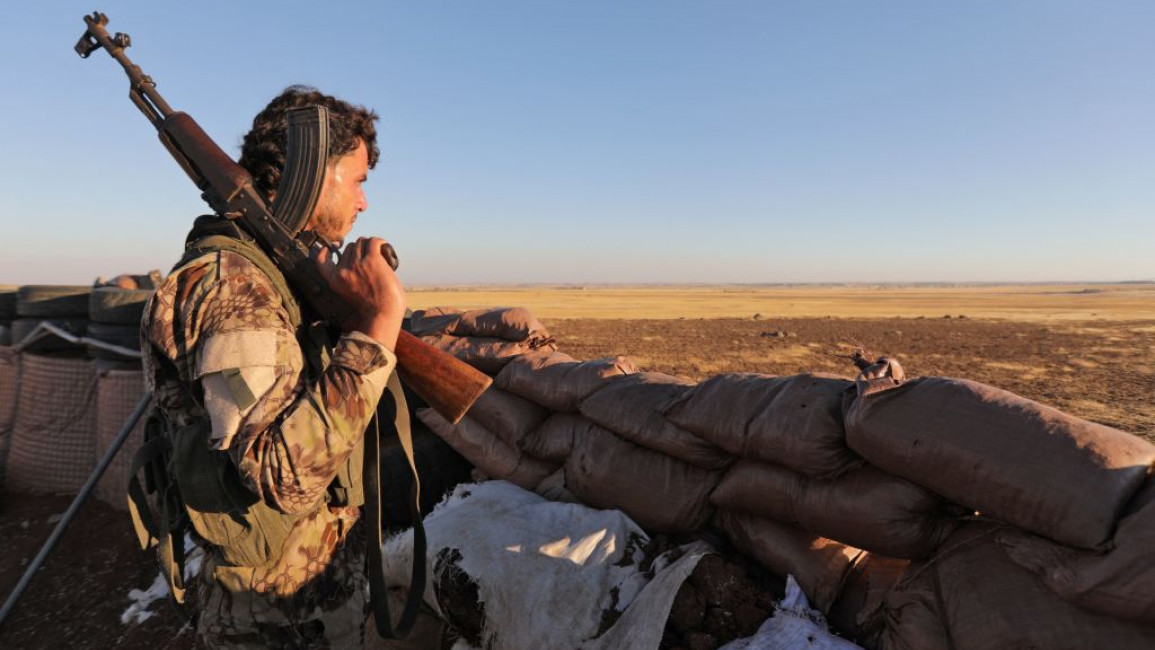More than a week of inter-rebel fighting in Syria’s Turkish-held north has killed 58 people, mostly combatants – a flareup that has allowed Al-Qaeda-linked fighters to gain ground, a war monitor said Tuesday.
The clashes since October 8th, in a volatile area near the Turkish border, have been among the deadliest in years, killing 48 rebel fighters and ten civilians, the Syrian Observatory for Human Rights said.
Among the 48 combatants killed, 28 were members of the Hay’at Tahrir al-Sham alliance (HTS), which is led by Al-Qaeda’s former Syria affiliate, according to the Britain-based war monitor, which relies on a wide network of sources inside Syria.
Dozens of rebel groups opposed to President Bashar al-Assad are confined to areas of northern and northwestern Syria that still evade government control after more than a decade of war.
Turkish consent
The latest fighting started this month between two rival pro-Turkish rebel groups in the town of Al-Bab in Aleppo province before spreading to other areas and drawing in other factions, including HTS.
HTS is widely seen as the strongest and best organized of the rebel factions and dominates the nearby Idlib region, Syria’s last major opposition bastion.
It has leveraged the latest bout of fighting to expand its zone of influence, in a move green-lit by Turkey, which has never publicly backed it, the Observatory said.
“Hay’at Tahrir al-Sham would not have entered the area without Turkey’s consent,” said Observatory chief Rami Abdul Rahman.
Last week, HTS captured the Afrin region from rival Turkish-backed rebels, advancing in the area for the first time since civil war broke out in Syria in 2011.
Since Monday, it has advanced towards the key town of Azaz, near the Turkish border further north, as persistent inter-rebel fighting has torpedoed a truce that briefly went into effect at the weekend.
Since 2011, the war in Syria has killed nearly half a million people and driven more than half of the country’s pre-war population from their homes.
The Syrian Observer has not verified the content of this story. Responsibility for the information and views set out in this article lies entirely with the author.


